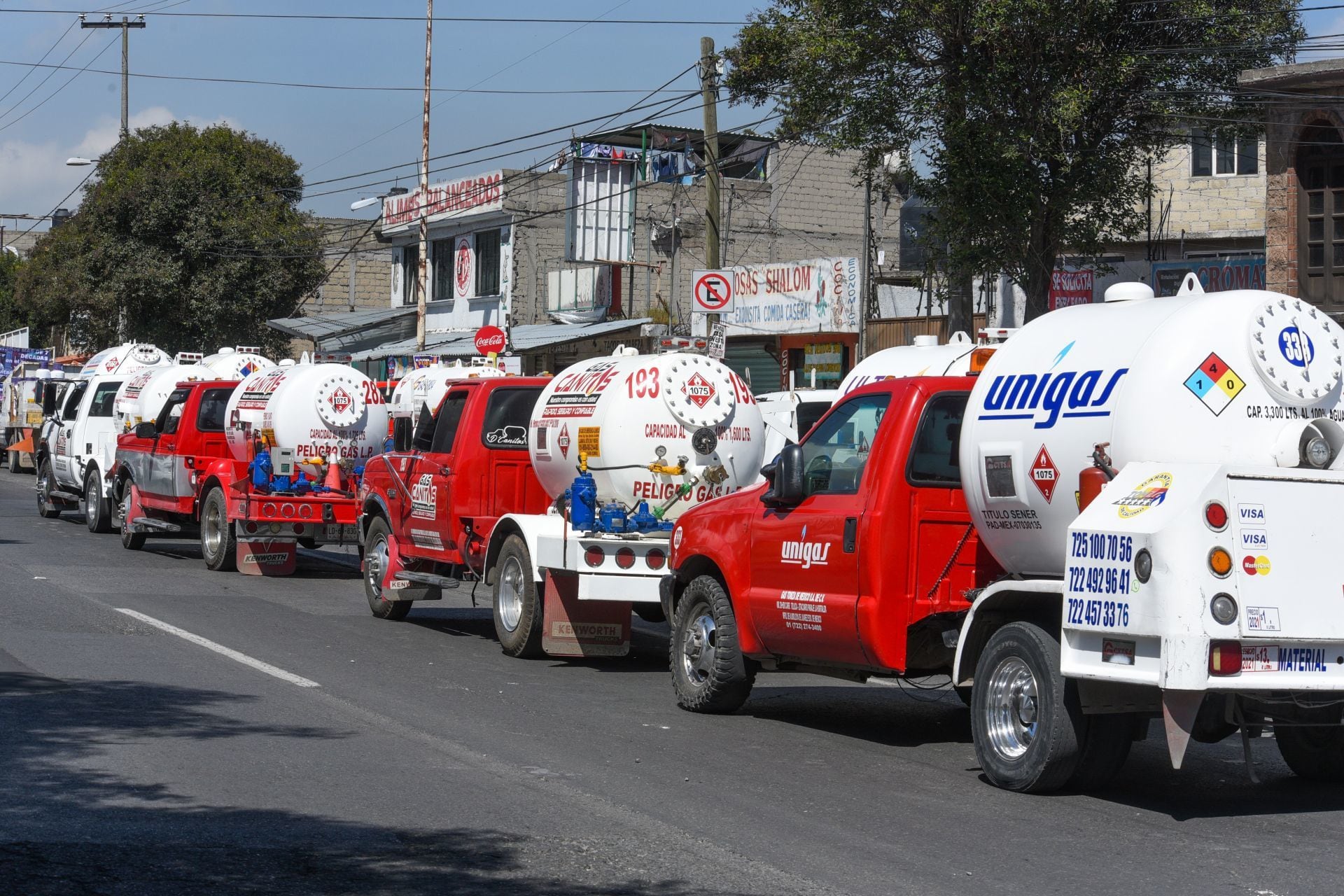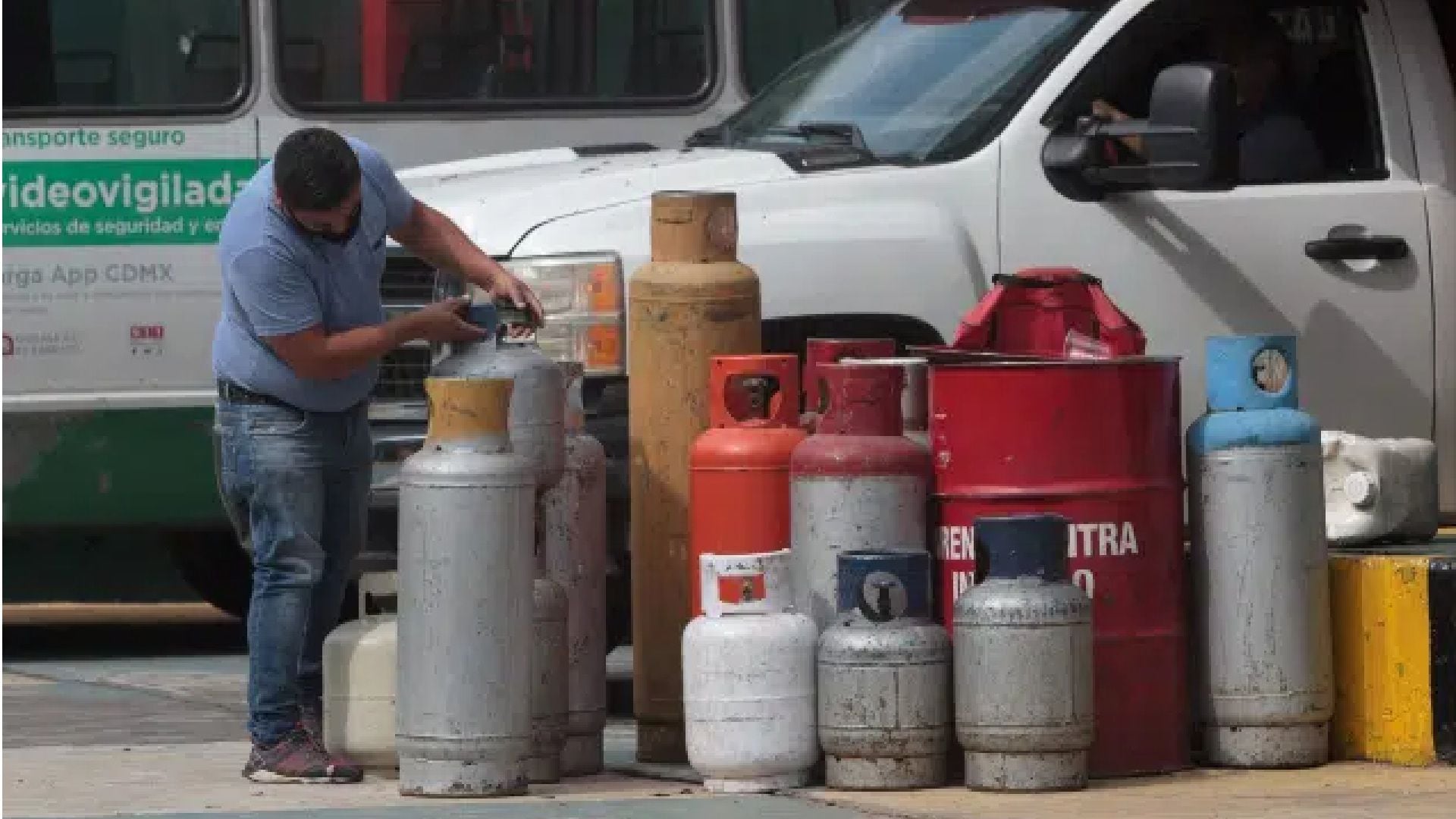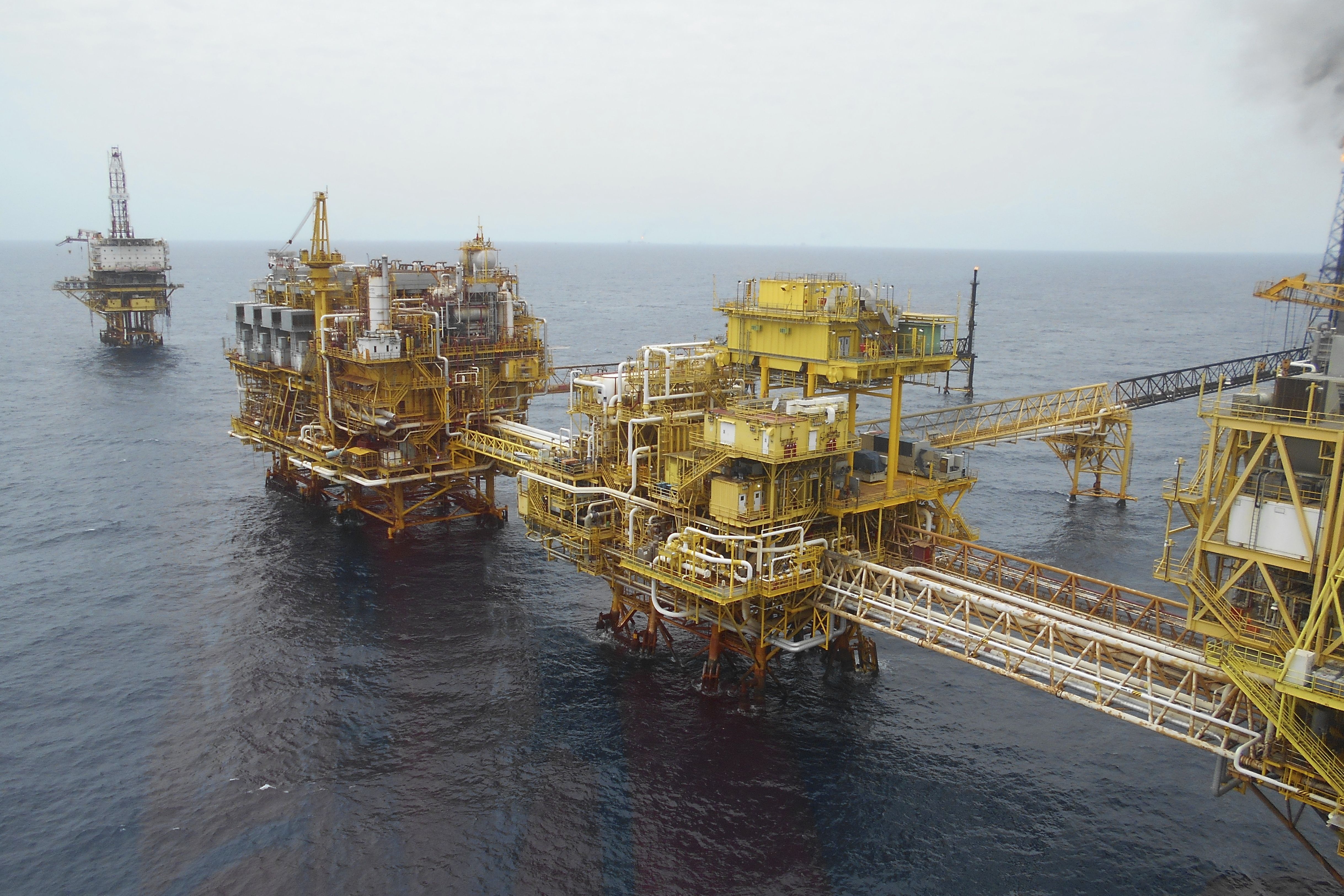
This Saturday, the Energy Regulatory Commission (CRE) announced the maximum prices of Liquefied Petroleum Gas (LP) that will be in force from Sunday, March 20 to Saturday 26 throughout the country.
For Mexico City (CDMX) and the State of Mexico (Edomex), the CRE detailed that the cost of gas per kilogram will decrease 46 and 29 cents, respectively.
The maximum price in the 16 mayors of the CDMX as of Sunday 20 March will be 24.66 pesos per kilogram, while the cost per liter will be 13.31.

In this way, a 20-kilo cylinder will cost 493.2 pesos, while a 30-kilo cylinder will cost 739.8 pesos. Until this Saturday, March 19, users still have to pay 25.12 pesos per kilo.
While the maximum price in the State of Mexico will be 24.45 pesos, so users will pay 489 pesos for each 20-kilo cylinder, and 733.5 pesos for a 30-kilogram cylinder. While the cost per liter will be 12.80.
At the national level, the maximum price of energy will also have a slight decrease
For example, in the city of Puebla the cost of LP gas increased from 25.32 pesos per kilo and from 13.67 per liter to 24.85 per kilogram and 13.42 per liter.
Meanwhile, in Guadalajara, Jalisco; the kilo of LP gas will increase from 26.31 pesos to 25.83 pesos, while the liter will fall from 14.21 pesos to 13.95 pesos.

In Monterrey, Nuevo León, the price per kilo will increase from 28.89 pesos to 28.36 and the liter from 15.60 pesos to 15.31 pesos.
While in other cities in the country, the maximum costs of LP gas per kilo range from 24.39 pesos to 25.35 pesos. Per liter, prices range from 13.17 pesos to 13.67; depending on the city.
To see the list of costs in all states and cities you can consult it through the link: https://www.gob.mx/cms/uploads/attachment/file/710843/PRECIOS_M_XIMOS_VIGENTES_DEL_20_AL_26_DE_MARZO_DE_2022.pdf

The conflict between Russia and Ukraine has led to an increase not only in world oil prices, but also in gas, as Russia is the second largest producer of natural gas in the world and Europe's largest supplier, accounting for 16.6% of total global supply.
Last February, President Andrés Manuel López Obrador (AMLO) said that the Government of Mexico has a plan to mitigate the impact, although he did not give details.
“We have been prepared for some time so that if the price of imported gas increases a lot, we can start up all the electric power plants that do not require it, to avoid increasing costs,” he said.
“We already have that plan to act. Produce more electricity with water. In the case of gasoline, the same. There is a subsidy. So, even if the price of imports or crude oil increases, that does not pass on to consumers, that it does not rise above inflation,” said the Mexican president.
However, so far the Ministry of Energy nor the Ministry of Economy have released the “plan”.

According to several analysts, the war that is already a month after it began, has had an impact on gasoline and gas prices internationally, which would lead to a rise in inflation rates globally, including Mexico.
In the country alone, inflation levels reached 7.28% in February, above analysts' estimates, according to the National Institute of Statistics and Geography (Inegi), a situation that could be prolonged by the war.
In addition, experts have warned that the situation in Ukraine could also affect grain production and even double world wheat prices.
Russia and Ukraine together account for more than a quarter of world wheat exports, while Ukraine alone accounts for nearly half of sunflower oil exports. Both are key raw materials used in many food products.
KEEP READING:
Últimas Noticias
Debanhi Escobar: they secured the motel where she was found lifeless in a cistern

The oldest person in the world died at the age of 119

Macabre find in CDMX: they left a body bagged and tied in a taxi
The eagles of America will face Manchester City in a duel of legends. Here are the details

Why is it good to bring dogs out to know the world when they are puppies




